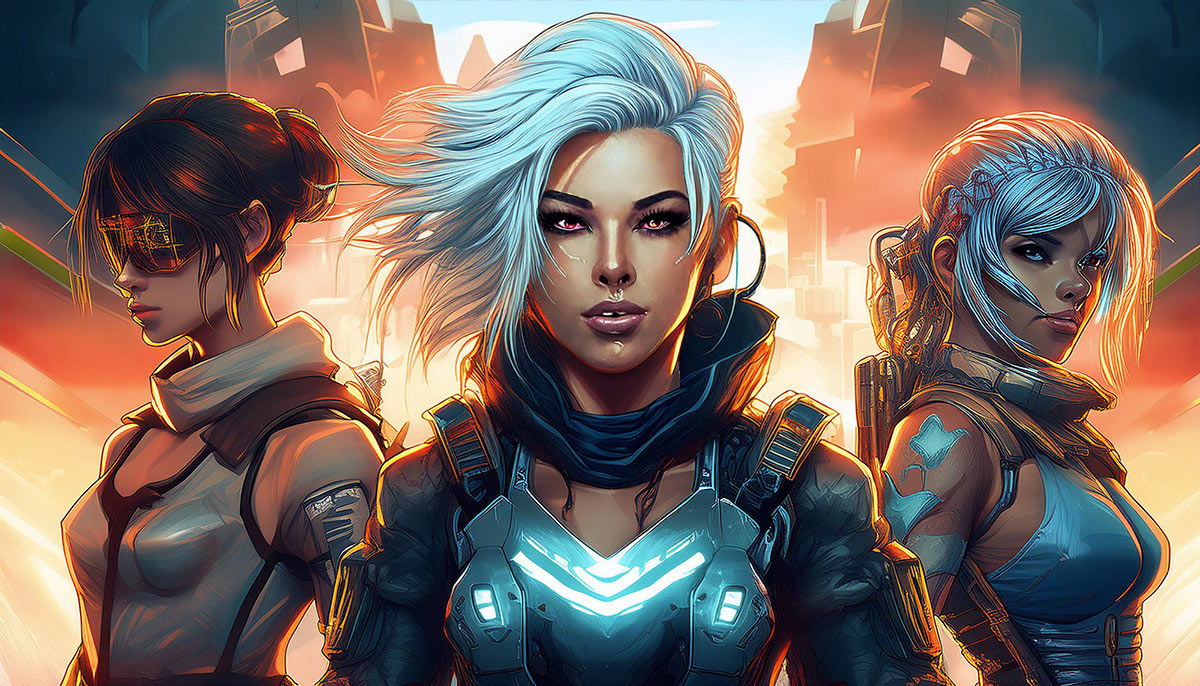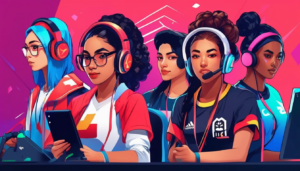The video game industry, long dominated by male protagonists and male-centric narratives, is undergoing a significant transformation. Over the past decade, there has been a notable rise in the representation of female characters in video games. This shift not only reflects changes within the gaming community but also broader societal trends towards gender equality and diversity. This article explores the factors driving this change, the impact it has on the industry, and the challenges that still lie ahead.
Historical Context
For much of video game history, female characters were often relegated to secondary roles, stereotyped as damsels in distress, or hypersexualized as eye candy. Iconic characters like Princess Peach from the « Super Mario » series and Zelda from « The Legend of Zelda » series exemplified this trend. These characters, while beloved, often lacked agency and depth, serving more as plot devices than fully fleshed-out individuals.
However, there have always been exceptions that paved the way for change. Lara Croft, introduced in 1996 with the « Tomb Raider » series, became one of the first prominent female protagonists. Despite her initial portrayal being criticized for her unrealistic proportions, Lara Croft evolved over the years into a more grounded and complex character, marking an early step towards better representation.
The Shift Towards Inclusivity
Several factors have contributed to the increasing presence of female characters in video games:
- Diverse Player Demographics: The stereotype of the gamer as a young, heterosexual male is outdated. According to a 2023 report by the Entertainment Software Association, women make up nearly half of the gaming population. This demographic shift has driven demand for more diverse characters and stories.
- Industry Awareness and Activism: Movements like #GamerGate and initiatives by organizations such as Women in Games and Girls Who Code have highlighted the need for greater gender representation and inclusivity in the gaming industry. These efforts have pressured developers and publishers to consider the diverse backgrounds of their audience.
- Critical and Commercial Success: Games with well-developed female protagonists have garnered critical acclaim and commercial success, demonstrating the market’s readiness for more inclusive storytelling. Titles like « Horizon Zero Dawn, » featuring Aloy, and « The Last of Us Part II, » with Ellie as the lead, have shown that players are eager for complex, relatable female characters.
Impact on the Industry
The rise of female characters in video games has had a profound impact on the industry:
- Narrative Depth and Variety: Developers are now exploring a wider range of narratives and themes. Female protagonists often bring different perspectives and experiences, enriching the storytelling landscape. Games like « Life is Strange, » which focuses on the emotional journey of its female lead, offer unique and compelling experiences.
- Character Design and Development: The shift has also influenced character design, moving away from hypersexualized portrayals to more realistic and relatable designs. Characters like Aloy and Ellie are celebrated for their practical attire and believable personas, emphasizing strength, resilience, and depth.
- Industry Dynamics: The increasing number of female developers, writers, and designers in the industry has also contributed to more authentic and diverse female characters. Their insights and experiences are invaluable in creating characters that resonate with a broader audience.
Challenges and Future Directions
Despite significant progress, challenges remain. Representation is not just about the number of female characters but also about their quality and diversity. Many games still fall into the trap of tokenism, where female characters are included but lack depth or agency. Additionally, the industry needs to ensure that female characters are diverse in terms of race, sexuality, and background, avoiding one-dimensional portrayals.
Moreover, there is a need for continued efforts to address harassment and discrimination within the gaming community and industry. Creating a more inclusive environment is crucial for sustaining the positive trends in representation.
Conclusion
The rise of female characters in video games marks a transformative shift in an industry that is increasingly recognizing the importance of diversity and inclusivity. As the gaming community continues to evolve, it is essential for developers and publishers to embrace this change, creating richer and more varied gaming experiences for all players. The future of video games is bright, with stories and characters that reflect the full spectrum of human experience, and female characters are at the forefront of this exciting journey.







